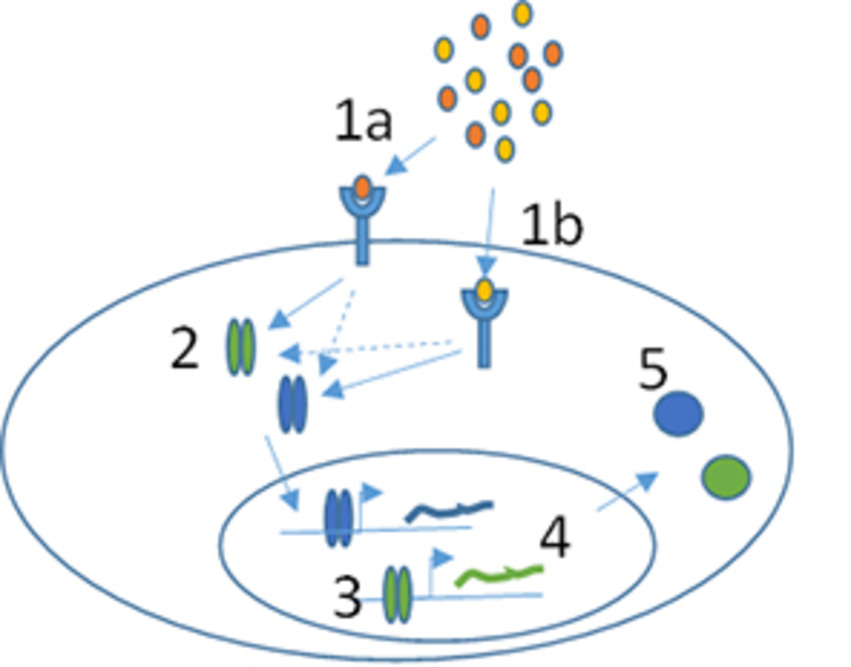Annie Jonsson
School of Bioscience

Industrial wastewater is usually characterized by analyses of chemical concentrations or biological toxicity tests in combination. Included is to detect if there are toxic substances or combinations of substances that are toxic and in turn will affect ecosystems negatively. In this project we aim to improve and design novel biological tests using biomarkers.
A biomarker can in this context be defined as a biological response of an environmental change caused by pollution by one or more toxic substances. Ecological risk analyses of waste water help industry in their greening and waste water treatment plant to optimize their processes.
This project will use the qPCR technique to measure gene expression levels and develop panels with combinations of biomarkers that can produce a faster and more reliable decision support for ecological risk analyses of waste water. Biomarkers will be developed for large freshwater mussels (Unionidae) which are suitable organisms and useful bioindicators for measurements in water recipients.

Figure: Toxic substance in the water can bind to receptors on the cell membrane in the mussel cells (1a) or inside the cells (1b). The information is processed. (2). The receptors activate transcription of DNA (3), expression in RNA (4) and corresponding protein expression (5). These expressions on different levels can be measured and used as biomarkers.


